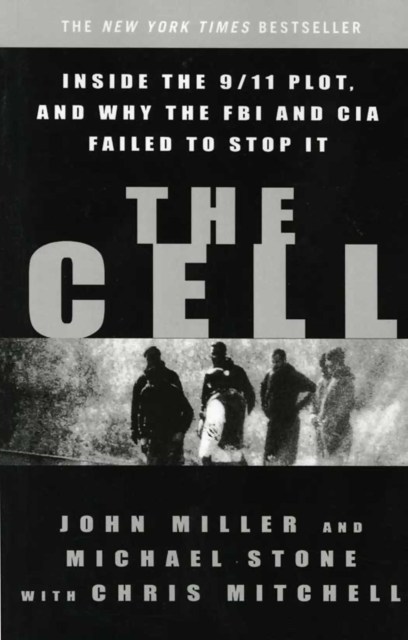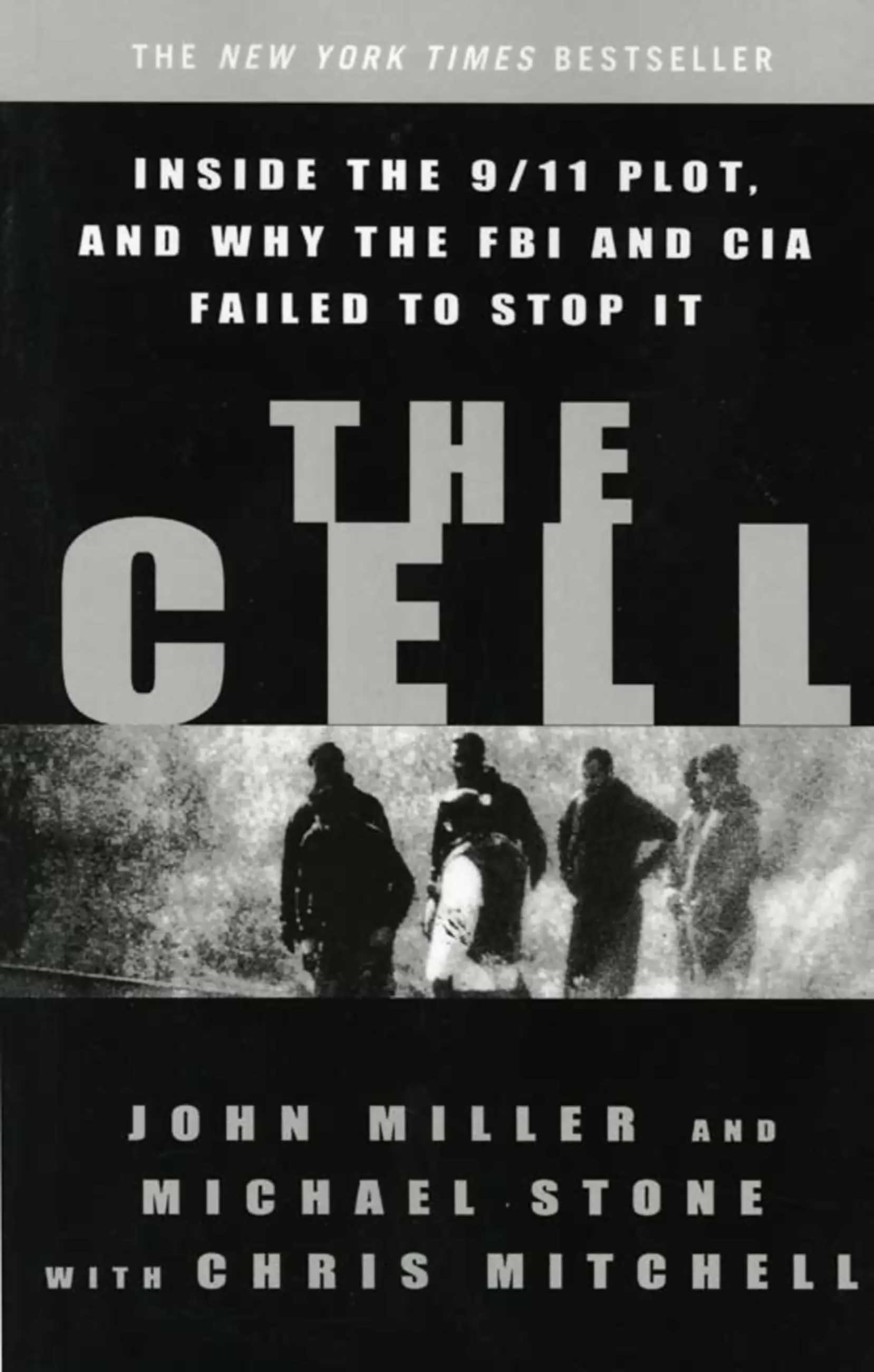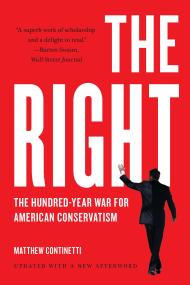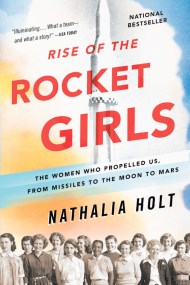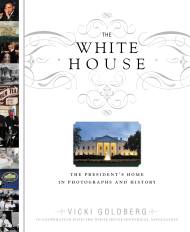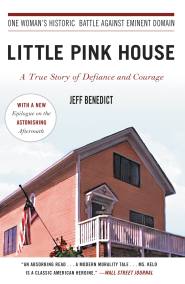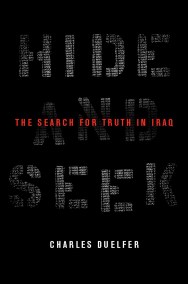Promotion
Use code MOM24 for 20% off site wide + free shipping over $45
The Cell
Inside the 9/11 Plot, and Why the FBI and CIA Failed to Stop It
Contributors
By Michael Stone
Formats and Prices
Price
$7.99Price
$9.99 CADFormat
Format:
- ebook $7.99 $9.99 CAD
- Hardcover $39.00 $49.00 CAD
- Trade Paperback $21.99 $28.99 CAD
This item is a preorder. Your payment method will be charged immediately, and the product is expected to ship on or around September 1, 2002. This date is subject to change due to shipping delays beyond our control.
Also available from:
Genre:
- On Sale
- Sep 1, 2002
- Page Count
- 348 pages
- Publisher
- Hachette Books
- ISBN-13
- 9781401397289
Newsletter Signup
By clicking ‘Sign Up,’ I acknowledge that I have read and agree to Hachette Book Group’s Privacy Policy and Terms of Use
